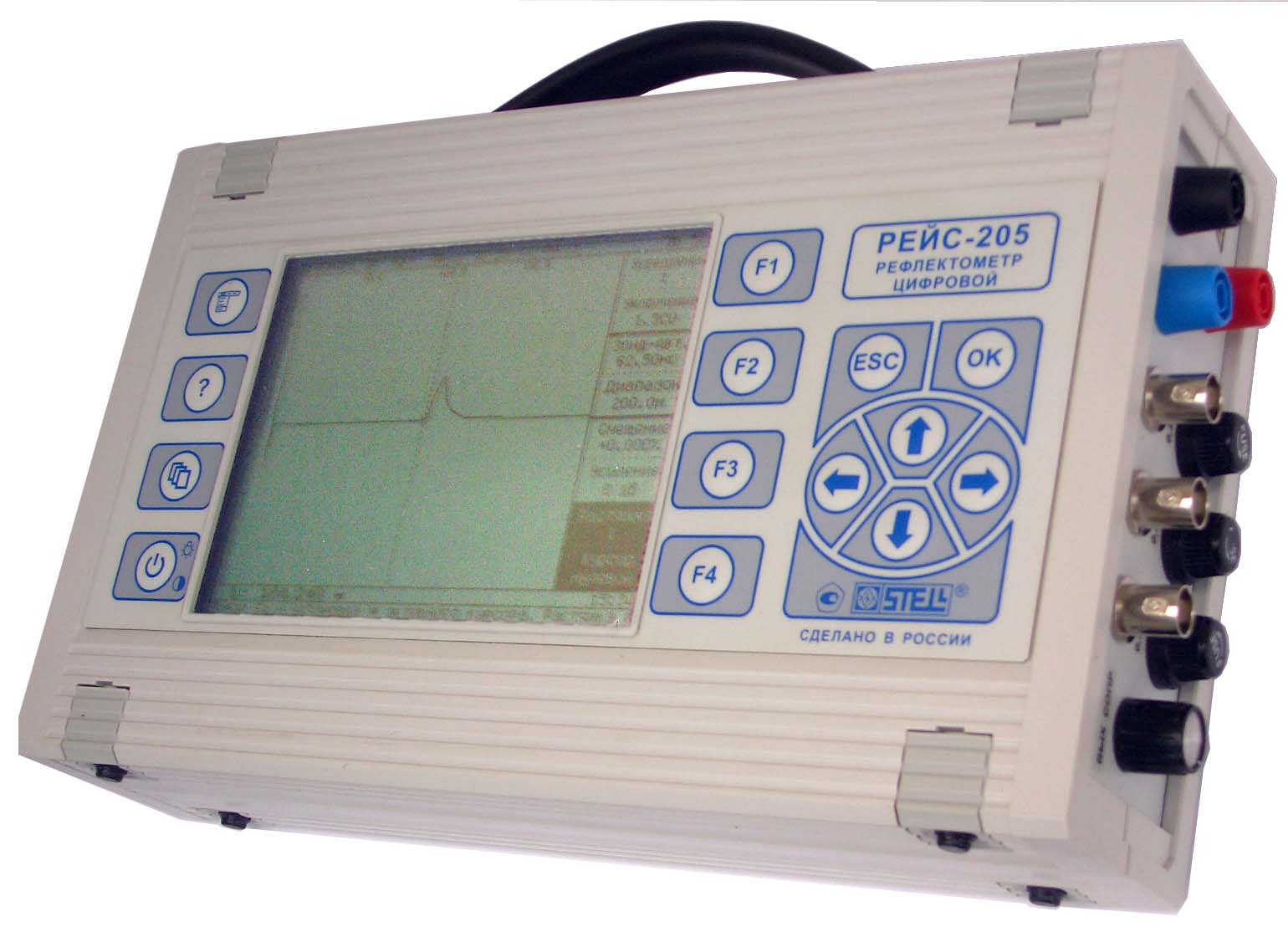
Reflektometr Rejs 105m Rukovodstvo Po Ekspluatacii
Reflective optics do not experience chromatic effects associated with refractive optics, where refractive index varies with wavelength. Consequently reflective objectives can have excellent optical performance across an extremely broad wavelength range limited only by mirror reflectance. The reflective surfaces are broadband coated with aluminum or gold and over coated with magnesium fluoride (MgF 2) are usable from 200 nm to 20 µm. Special gold coatings for the visible to IR region are available upon request.
Average reflection per surface of each mirror is 85% in the UV-VIS, and 90% in the IR (with a dip to 76% near 820nm). Reflective optics do not experience chromatic effects associated with refractive optics, where refractive index varies with wavelength. Consequently reflective objectives can have excellent optical performance across an extremely broad wavelength range limited only by mirror reflectance. The reflective surfaces are broadband coated with aluminum or gold and over coated with magnesium fluoride (MgF 2) are usable from 200 nm to 20 µm.
Special gold coatings for the visible to IR region are available upon request. 1001 vinhos para beber antes de morrer pdf. Average reflection per surface of each mirror is 85% in the UV-VIS, and 90% in the IR (with a dip to 76% near 820nm). Our reflective microscope objectives are fabricated from a single material providing a uniform thermal coefficient of expansion. Each objective contains two highly polished nickel spherical mirrors coated with aluminum and magnesium fluoride. The primary mirror has a spherical concave surface with a center hole. The secondary mirror is a small convex spherical mirror that is machined into the spider assembly. The objectives are hand assembled in interferometric alignment fixtures allowing each pair of mirrors to be optimized as a set to achieve maximum resolution.
Spot sizes of 2 µm for the 15X objective and 1 µm for the 36X objective are typical. Our reflective microscope objectives are fabricated from a single material providing a uniform thermal coefficient of expansion. Each objective contains two highly polished nickel spherical mirrors coated with aluminum and magnesium fluoride. The primary mirror has a spherical concave surface with a center hole. The secondary mirror is a small convex spherical mirror that is machined into the spider assembly. The objectives are hand assembled in interferometric alignment fixtures allowing each pair of mirrors to be optimized as a set to achieve maximum resolution. Spot sizes of 2 µm for the 15X objective and 1 µm for the 36X objective are typical.
BPaPnQJJ Google is the best search engine Google (2008/01/29 13:02:33). WoHFSAcM RTiFgW. View of the Golden Bend in the Herengracht, Gerrit Adriaensz. Berckheyde, 1671 - 1672 oil on panel, h 42.5cm × w 57.9cm More details Due to the enormous increase of its population, Amsterdam had to expand during the 17th century: the city’s rings of canals were dug in phases.
In a typical focusing application, collimated light passes through the aperture hole in the primary mirror to the secondary mirror. The secondary mirror reflects and diverges the beam to fill the primary mirror. The primary mirror focuses the beam to a small spot called the Object Plane or Focal Point. This dual mirror configuration is known as a reverse Cassegrain ( primary mirror collects or focuses light to or from a point, and the secondary mirror interacts with collimated light, the opposite of a traditional Cassegrain telescope). These objectives follow the Schwarzschild design.
Accordingly, they have zero chromatic aberration, and negligible coma, spherical, and astigmatic aberrations. In a typical focusing application, collimated light passes through the aperture hole in the primary mirror to the secondary mirror. The secondary mirror reflects and diverges the beam to fill the primary mirror.
The primary mirror focuses the beam to a small spot called the Object Plane or Focal Point. This dual mirror configuration is known as a reverse Cassegrain ( primary mirror collects or focuses light to or from a point, and the secondary mirror interacts with collimated light, the opposite of a traditional Cassegrain telescope). These objectives follow the Schwarzschild design. Accordingly, they have zero chromatic aberration, and negligible coma, spherical, and astigmatic aberrations. Reflective optics do not experience chromatic effects associated with refractive optics, where refractive index varies with wavelength. Consequently reflective objectives can have excellent optical performance across an extremely broad wavelength range limited only by mirror reflectance. The reflective surfaces are broadband coated with aluminum or gold and over coated with magnesium fluoride (MgF 2) are usable from 200 nm to 20 µm.